Introduction to Eyelid Surgery
What is Eyelid Surgery (Blepharoplasty)?
Eyelid surgery, medically known as blepharoplasty, is a cosmetic or functional surgical procedure that involves removing excess skin, fat, or muscle from the upper or lower eyelids. The goal can be to rejuvenate one’s appearance or to correct vision impairments caused by drooping eyelids.
Why Do People Consider Eyelid Surgery?
There are two main reasons why individuals opt for blepharoplasty:
- Cosmetic Enhancement: To reduce puffiness, bags, or sagging skin around the eyes for a more youthful look.
- Medical Necessity: To eliminate drooping upper lids that interfere with peripheral vision.
Common Types of Eyelid Surgery
Upper Eyelid Surgery
This procedure targets the upper eyelids to remove sagging skin that may affect appearance or vision.
Lower Eyelid Surgery
Performed to address under-eye bags, wrinkles, and drooping in the lower lids.
Functional vs Cosmetic Eyelid Surgery
- Functional Blepharoplasty is often covered by insurance and aims to restore vision.
- Cosmetic Blepharoplasty is typically an elective procedure done for appearance-related goals.
Benefits of Eyelid Surgery
Aesthetic Improvements
- A more refreshed and youthful appearance
- Improved symmetry of the eyes and face
- Reduced puffiness and tired-eye look
Functional Enhancements (Vision Improvement)
- Enhanced peripheral vision
- Relief from eyelid heaviness and fatigue
Understanding the Risks Involved
While generally considered safe, eyelid surgery is not without risks. Being aware of possible side effects and complications can help patients make informed decisions.
Short-Term Side Effects
- Swelling and bruising (typically lasting 1-2 weeks)
- Temporary dryness or watering of the eyes
- Mild discomfort or tightness
Long-Term Complications
- Scarring
- Changes in eyelid contour
- Asymmetry between the eyes
Rare but Serious Risks
- Infection
- Bleeding behind the eye
- Ectropion (outward turning of the lower eyelid)
- Difficulty closing the eyes completely
Though rare, these complications can affect both function and appearance and may require revision surgery.
Factors That Increase Surgical Risk
Age and Skin Type
Older patients with less elastic skin may face longer recovery times or minor cosmetic irregularities.
Pre-existing Health Conditions
People with thyroid problems, diabetes, or dry eye syndrome need a more thorough evaluation before surgery.
Medications and Smoking
Blood thinners, certain supplements, and smoking increase the risk of bleeding and slow healing.
How to Minimize the Risks
Choosing a Board-Certified Surgeon
The surgeon’s experience is the most critical factor in preventing complications. Always opt for a board-certified plastic or oculoplastic surgeon.
Following Pre-Operative Guidelines
Patients should avoid certain medications, smoking, and alcohol before the procedure to reduce risk.
Proper Aftercare and Follow-Up
Adhering strictly to post-operative care instructions and attending all follow-up visits will ensure optimal recovery.
What to Expect During Recovery
Healing Timeline
- Week 1: Swelling and bruising peak, then start to improve.
- Week 2-3: Stitches are usually removed, and swelling subsides.
- Month 1: Most people return to their daily routines.
- 3-6 Months: Final results become visible.
Signs of Normal vs Abnormal Recovery
- Normal: Mild bruising, tightness, and minor asymmetry.
- Abnormal: Excessive pain, pus, or visible asymmetry should prompt immediate medical attention.
Eyelid Surgery Success Rates and Safety Statistics
Success Rate Based on Clinical Studies
According to data from the American Society of Plastic Surgeons, blepharoplasty has a high satisfaction rate, with over 90% of patients reporting positive outcomes.
Revision Surgery Rates
While uncommon, some patients may require revision procedures. The rate is estimated between 5-10%, usually due to minor cosmetic adjustments.
Who is an Ideal Candidate?
General Eligibility Criteria
- Healthy individuals with no serious eye conditions
- Non-smokers
- Realistic expectations about outcomes
Psychological and Lifestyle Considerations
Those who understand the risks and benefits are better prepared mentally and emotionally for surgery and recovery.


